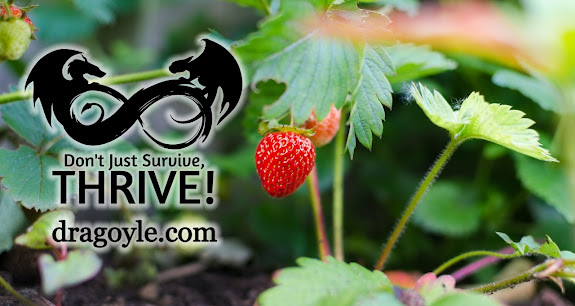A safe room is a fortified area within a home designed to provide protection and safety for its occupants, in case of an emergency situation. Safe rooms can be constructed for various purposes, including protection from natural disasters, home invasions, terrorism, personal threats, and used to store expensive valuables. The decision to build a safe room is a significant investment, and it's essential to understand the reasons behind it, before making the investment.

One of the primary reasons for building a safe room is to protect against natural disasters. In areas prone to hurricanes, tornadoes, or earthquakes, safe rooms can provide a secure shelter for individuals and families. Safe rooms can be built to withstand strong winds, heavy rain, and other extreme weather conditions. A well-designed safe room can provide peace of mind knowing that your family is protected from the devastating effects of a natural disaster.
Another reason for building a safe room is to provide a secure location in case of home invasion. Safe rooms can be outfitted with reinforced doors, locks, and walls to keep intruders out. In case of a break-in or home invasion, a safe room can provide a secure place to hide while waiting for law enforcement to arrive. This can help prevent harm to the occupants of the home and deter burglars from attempting to enter the house.

In areas with a higher risk of terrorism, a safe room can provide a secure location to hide in the event of an attack. Terrorist attacks can occur anywhere, and having a safe room can provide a sense of security and peace of mind for individuals and families. Safe rooms can be built with reinforced walls, blast-resistant doors, and other features to protect against explosive devices and gunfire.

For individuals who may be at risk from personal threats, such as stalkers or abusive partners, a safe room can provide a secure place to retreat to in case of danger. The safe room can be designed with a separate entrance, communication systems, and other features to keep the occupants safe. This can be particularly helpful for individuals who feel unsafe in their own home and need a secure location to escape to.
Lastly, safe rooms can also be used to store valuable items such as jewelry, cash, and important documents, providing added security against theft or damage. In case of a home invasion or burglary, a safe room can provide a secure place to store valuable items, ensuring that they remain safe and protected.
Here is a step-by-step guide on how to create a safe room in your current home:
Step 1: Choose a Location
The first step in creating a safe room is to choose a location in your home that can be easily accessed in case of an emergency. Ideally, the safe room should be located on the ground floor, away from windows and doors that can be easily breached. It's also essential to ensure that the room is structurally sound and can withstand the forces of nature, such as strong winds, heavy rain, or earthquakes.
Step 2: Determine the Size
The next step is to determine the size of the safe room. The size will depend on the number of people who will be using the room and the purpose of the room. For example, a safe room built for protection against natural disasters may need to be larger than one built for protection against home invasions.
Step 3: Choose the Materials
The materials used to build the safe room are critical to its overall strength and durability. The walls should be constructed of reinforced concrete or steel, and the door should be solid and secured with heavy-duty locks. The windows should be made of shatter-resistant glass or covered with steel bars to prevent entry. The ventilation system should be designed to provide fresh air without compromising the security of the room.
Step 4: Install Communication Systems
A safe room should have a communication system installed to allow occupants to call for help in case of an emergency. This can include a phone line, cell phone, or two-way radio. It's also important to have a backup power source, such as a generator, to ensure that the communication system is operational in case of a power outage.
Step 5: Stock the Safe Room
The safe room should be stocked with essential supplies such as food, water, medical supplies, and emergency equipment. It's also important to have a way to dispose of waste and a plan for staying in the room for an extended period if necessary.
Step 6: Regular Maintenance
A safe room requires regular maintenance to ensure that it remains in good working condition. This includes regular checks of the communication system, ventilation system, and backup power source. The supplies in the room should also be checked regularly and replaced as needed.

In conclusion, creating a safe room in a current home is an excellent investment in the safety and security of you and your family. By following these steps, you can create a safe room that provides protection against a variety of emergencies. Remember to consult with a professional contractor or architect to ensure that your safe room is built to code and meets all safety requirements. With proper planning and maintenance, a safe room can provide peace of mind knowing that you have a secure place to retreat to during a crisis.
If this great information to help you decide why you should build a safe room was valuable to you, please share this article and write a comment below for a special discount!
To your health, safety and happiness,
Coach Trina @ dragoyle.com






